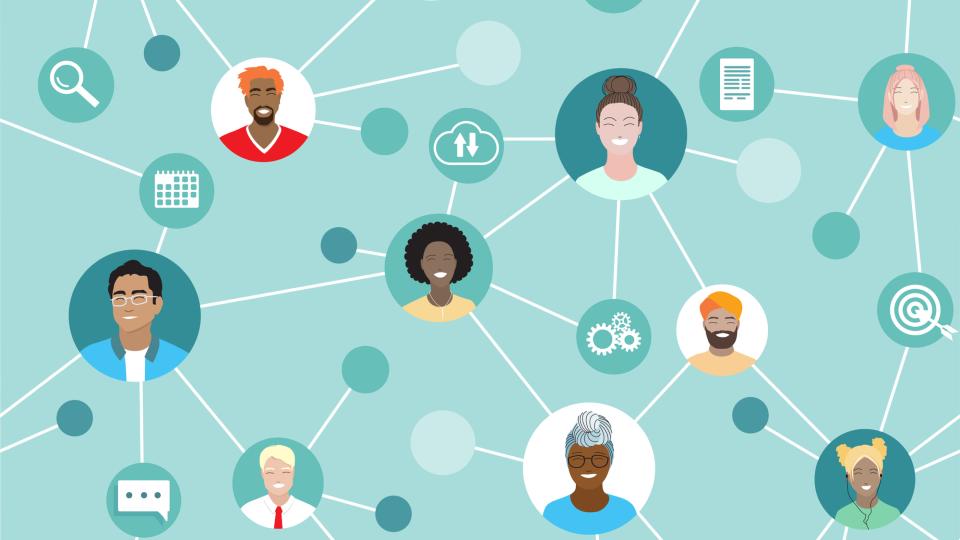This article provides tips and suggestions for creating more accessible and inclusive Microsoft Teams meetings:
-
Request accessibility preferences: When organising a Teams meeting, inquire about any specific accessibility needs or adjustments that would make the meeting more comfortable for attendees. Each individual knows best what helps them, and accommodating these needs will ensure that the meeting is accessible to all.
-
Encourage video use: Encouraging participants to turn on their video in Teams meetings can significantly benefit those who rely on lip reading or facial expressions for communication. It also helps to create a more human connection and improve engagement among participants.
-
Include captions in meeting recordings: To make meeting recordings more accessible, ensure that captions are available whenever possible. This will assist individuals who may have missed the meeting or who have difficulty hearing.
-
Utilise Microsoft Teams chat: Encourage daily or weekly catch-ups with colleagues on Microsoft Teams and promote the use of the chat function. This can help people feel more connected to their teammates and potentially establish connections with colleagues they wouldn’t usually interact with in the office.
-
Foster a supportive environment for contributions: Well-managed online meetings can feel more inclusive and easier to access and contribute to. Encourage comfortable participation by creating a supportive environment for everyone to be heard, whether they are speaking up during a natural pause, raising a hand, or using the chat function.
-
Promote collaboration across locations: Online meetings can enable colleagues in different locations, such as London and Loughborough, to be included equally. This creates a sense of unity and ensures that everyone feels valued and included, regardless of location or job title.
-
Accommodate assistive technology users: While Microsoft Teams can be considered user-friendly for many, some colleagues may face challenges when using the platform, particularly those who rely on assistive technology. Frequent updates and changes to Teams can create friction for these users. It's important to consider if a Teams meeting is the most suitable method for collaboration.
-
Respect coworkers' workspaces: Be mindful of colleagues when making Teams calls in an open-plan office and consider using private spaces to avoid disturbing them. This will help everyone to focus and minimise distractions.
By following these tips and suggestions you can make Microsoft Teams meetings more accessible, inclusive, and engaging for everyone. Making small adjustments can have a significant impact on people's experiences, so it's important to be mindful of others and create a welcoming and inclusive environment.
Additional resources/Further reading:








